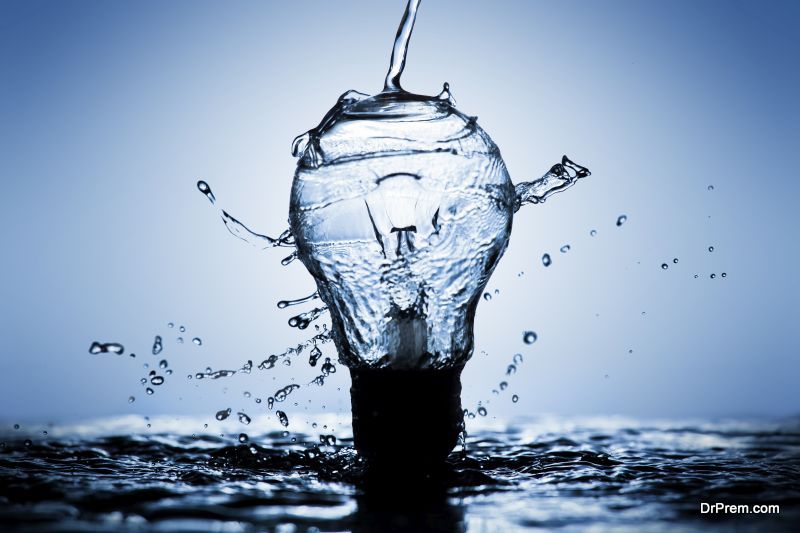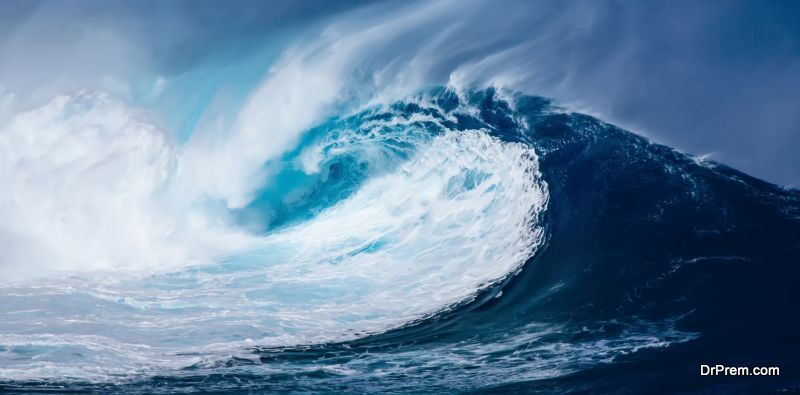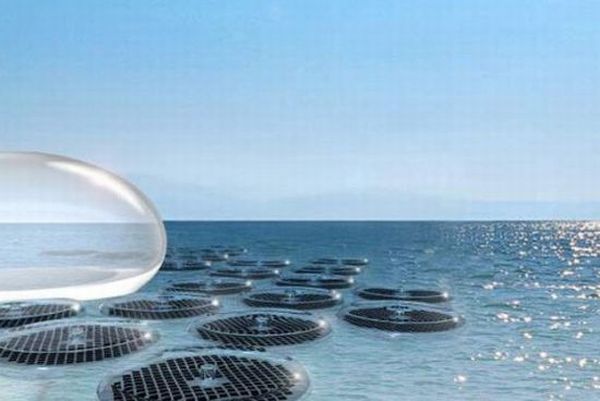With fossil fuels depleting at an alarming rate, reusable sources of energy is the way to go in the modern world. It is unlimited and does not harm the environment or the living beings. Apart from the sun and tidal energy, wave energy is another source of renewable energy.
What really is wave energy?
 Wave energy is generated with the help of ocean or sea waves and is procured by installing electricity generators on the top of an ocean. The energy thus produced is determined by the height, speed, wavelength, and density of water and is used for the purpose of desalination water, to pump water into other water bodies, and to generate electricity.
Wave energy is generated with the help of ocean or sea waves and is procured by installing electricity generators on the top of an ocean. The energy thus produced is determined by the height, speed, wavelength, and density of water and is used for the purpose of desalination water, to pump water into other water bodies, and to generate electricity.
A brief history of wave energy
Wave energy was first pursued in 1799 in Paris by Girard and his sons. A patent was filed by them to use wave energy. Later, in the year 1940, Yoshio Masuda, who is now known as the father of modern wave energy technology, took up the pursuit of the energy source. The concept of generating power using waves of the ocean became a hot topic in after the oil crisis that occurred in 1963. Professor Stephen Hugh Salter was the one to popularize the concept by inventing the Salter duck wave energy device, which could produce electricity from 90 percent of the wave motion.
How do waves produce electricity?
 When the waves crash on the shore of an ocean or a sea, it carries energy with it. However, the energy carried by waves is not harnessed by anything or anybody but the power still exists. It is when you harness the power of the waves that wave energy can be used to produce electricity.
When the waves crash on the shore of an ocean or a sea, it carries energy with it. However, the energy carried by waves is not harnessed by anything or anybody but the power still exists. It is when you harness the power of the waves that wave energy can be used to produce electricity.
When the wind causes the surface of the water to form waves, it turns into a huge energy source. The whole ocean itself is a large energy source; wind and the sun acting together covert the potential energy of the water surface to kinetic energy. Energy can be harnessed from these waves and converted into electricity using Wave Energy Converter (WEC).
Wave Energy Converter (WEC)
Wave Energy Converter or WEC is a power station that converts the kinetic energy of the waves into electricity. The WEC has a chamber under it which allows the water to flow in and out when waves are formed. When the waves enter and leave the chamber rhythmically, it forces the air forward and backward through the turbines to the opening located at the top of the WEC.
When the air is compressed and depressed, enough energy is produced to set the turbines in motion which propels the generator connected to the turbine. Thus, the generator produces electricity, which is supplied to homes and industries through electrical grids.
What are the pros and cons of wave energy?
 The best thing about wave energy is that, unlike solar and tidal energy, the flow of waves can be predicted, which makes it a reliable source of energy. And since it is a renewable source of energy, it is eco-friendly and inexhaustible. It will open up job opportunities for rural and urban people which will result in economic development of any place.
The best thing about wave energy is that, unlike solar and tidal energy, the flow of waves can be predicted, which makes it a reliable source of energy. And since it is a renewable source of energy, it is eco-friendly and inexhaustible. It will open up job opportunities for rural and urban people which will result in economic development of any place.
However, in comparison to tidal and solar energy, wave energy has not been able to progress that much. The technology needed for the progress of wave energy lags behind because the study of wave energy requires a huge sum of money and research work. Without any means to research, the cost of setting up wave energy plants is also difficult to estimate. Moreover, if the waves strike by immense force, it can lead to damage of the energy generator, which are expensive to repair.
Apart from that, producing wave energy can cause harm to the marine life as the equipment will disturb the resting shallow waters that are ideal for breeding of marine life. The sound produced by the generator and the waves can also disrupt the life of people living near the water body. And lastly, not everyone can enjoy the benefits of wave energy as it will only serve the population residing in towns and cities near the water bodies.



